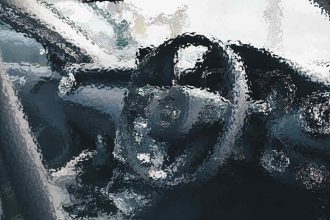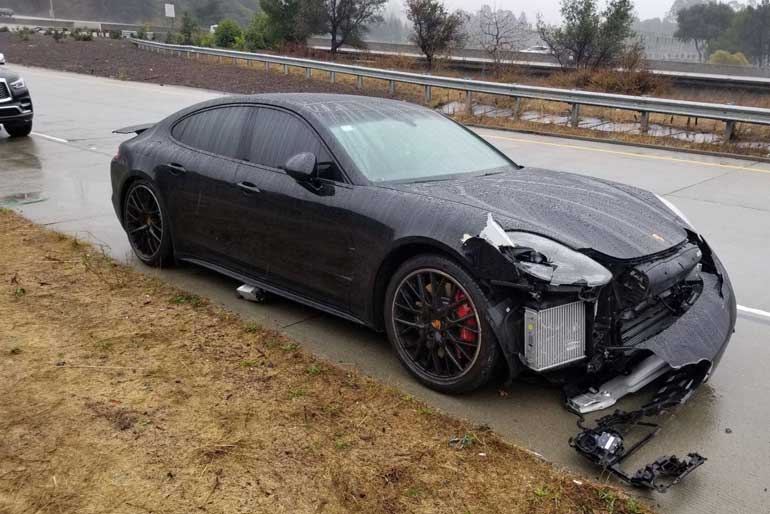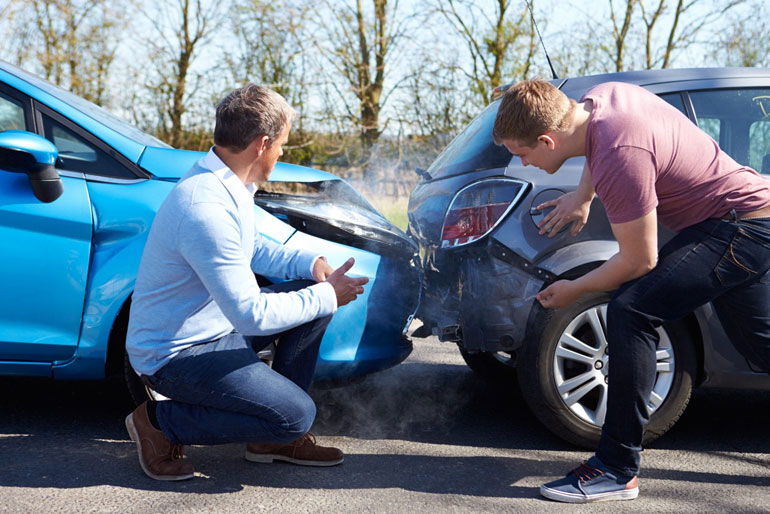If you were involved in a car accident, it can be a traumatic experience. It is important to take the necessary steps to prove negligence in your car accident claim and seek the compensation that you deserve. In the state of Wisconsin, establishing negligence is extremely important for holding the at-fault party responsible for the damages. In this blog, we will provide you with the knowledge and tools to prove negligence in your car accident case.
Establishing Negligence In Wisconsin
In Wisconsin, negligence is determined based on four key elements:
- Duty of Care: The at-fault party has a duty to exercise reasonable care and extreme caution while driving in Wisconsin.
- Breach of Duty: The at-fault party breached their duty of care by driving negligently or recklessly, such as speeding, running a red light or stop sign, or driving under the influence of drugs or alcohol.
- Causation: The car accident would have not happened if the at-fault party had not acted negligently.
- Damages: The victim of the car accident suffered damages, like physical injuries, property damages, medical expenses, lost wages, and pain and suffering.
You can establish negligence in a Wisconsin car accident if all of these key elements were met. It is important to understand that the amount of damages that the victim can recover can be decreased by the percentage of fault that they are found to have in the accident. In the state of Wisconsin, this is known as the modified comparative negligence rule.
To illustrate this concept, if the victim is found to be 30% at fault for the car accident, then they will only be able to recover 70% of their damages. Wisconsin’s comparative negligence rule states that individuals may not recover damages if they were found to be more than 50% responsible for the car accident.
Gathering Evidence
According to the Milwaukee car accident lawyers at Cannon & Dunphy S.C., you must gather relevant evidence that supports your car accident claim and prove. Some significant pieces of evidence to collect are:
- Police Reports: These types of reports often include important details about the car accident, statements from all involved parties, and any citations issued.
- Eyewitness Statements: You can collect statements from individuals who witnessed the car accident. Their experience of the accident can provide valuable support for your case.
- Photos/videos: Take photos and videos of the accident scene. If you can capture clear visual evidence of vehicle damage, skid marks, road conditions, or any contributing factor to the car accident, you can effectively establish fault.
- Medical Records: It is crucial to obtain copies of your medical records and bills related to injuries from the car accident. These records can provide evidence of your injuries and the medical expenses as a result of the car accident.
- Expert Opinions: Consider consulting with an accident reconstruction expert or medical professionals because these individuals can provide opinions on causation, liability, and the extent of damages. Their expertise can significantly increase the strength of your car accident case.
Overall, you must have a systematic approach and a strong collection of evidence to prove negligence in a car accident claim. Understanding the key elements of negligence in Wisconsin and following the steps outlined in this blog, you can build an effective and compelling case against the at-fault party.







